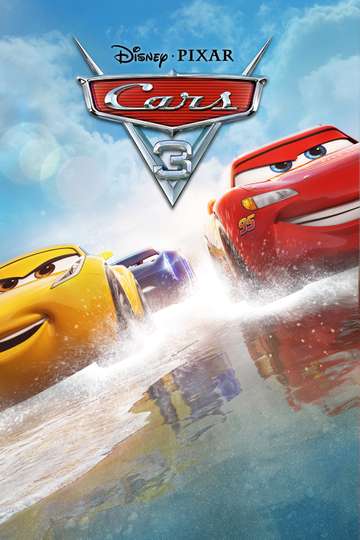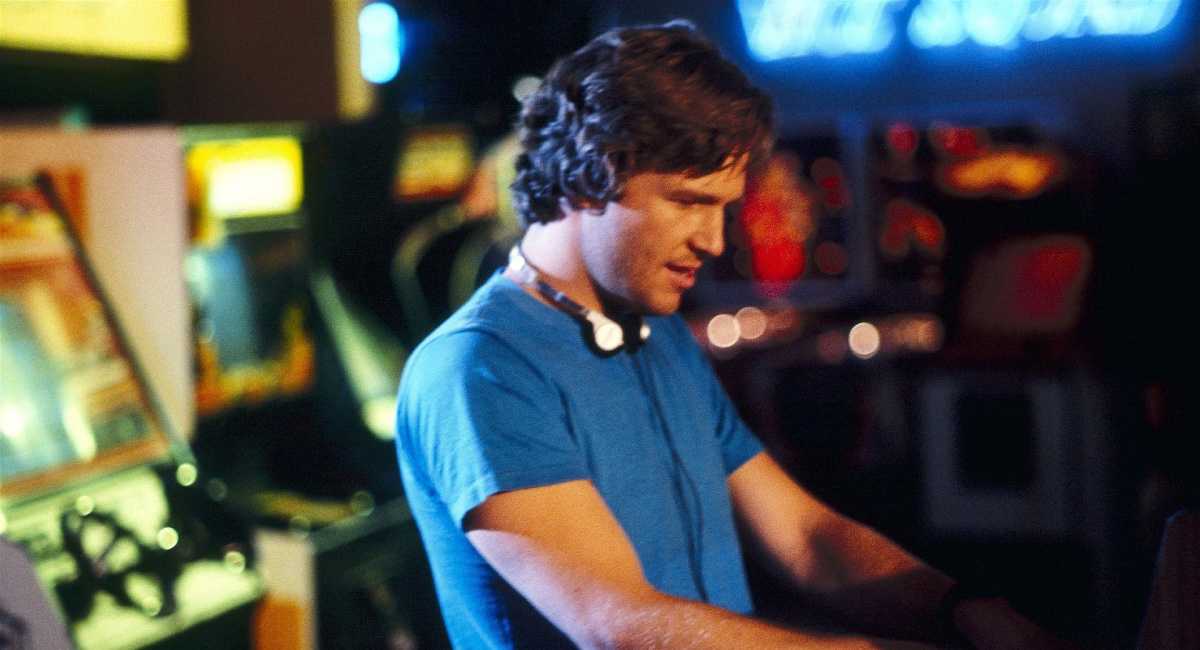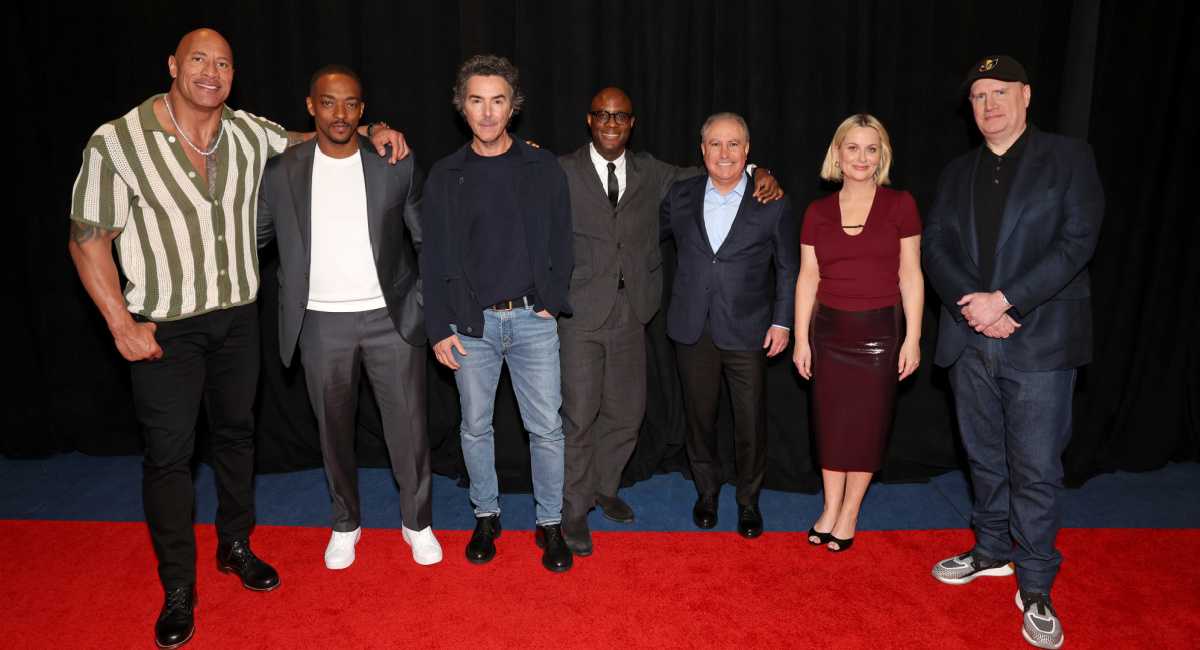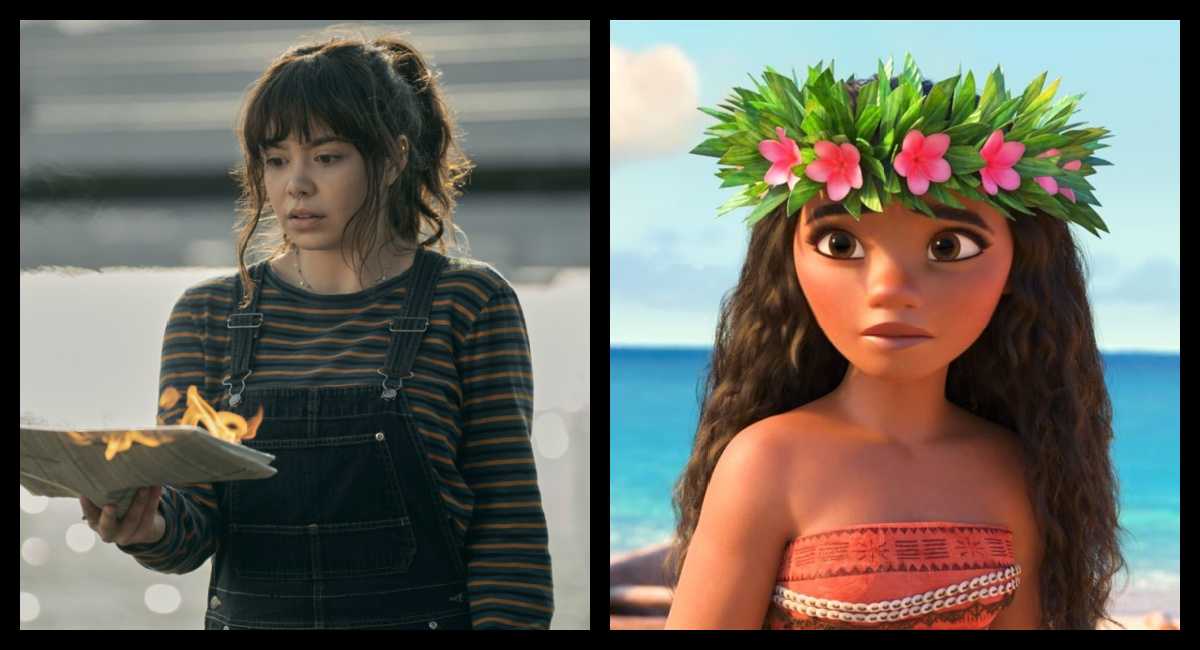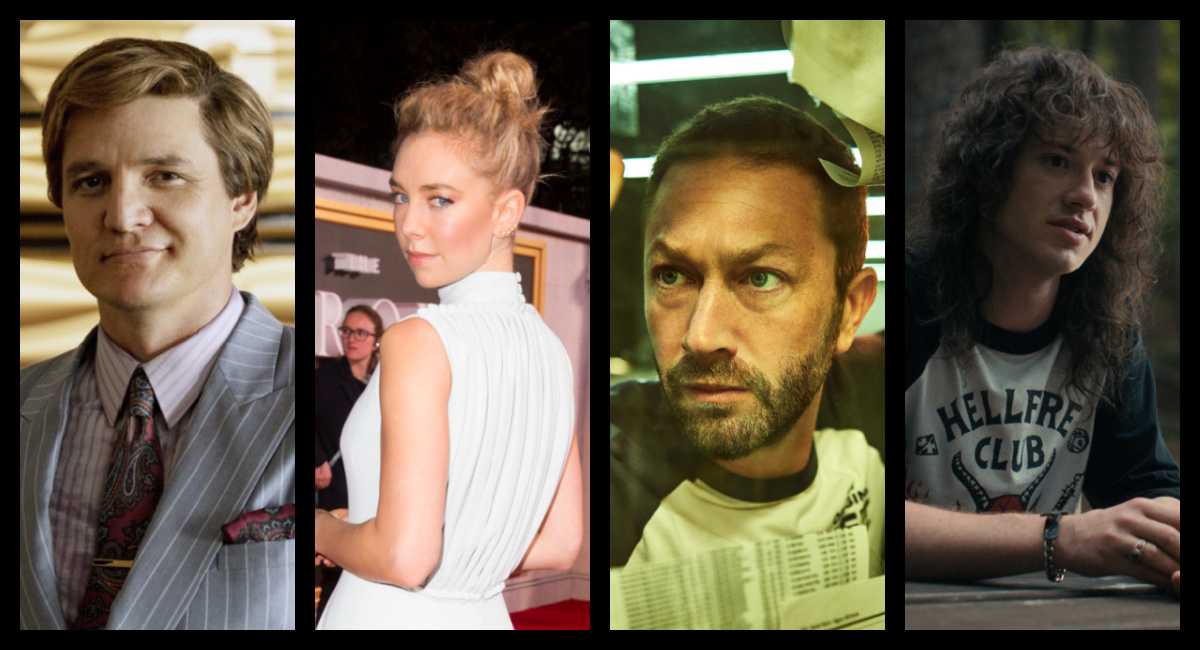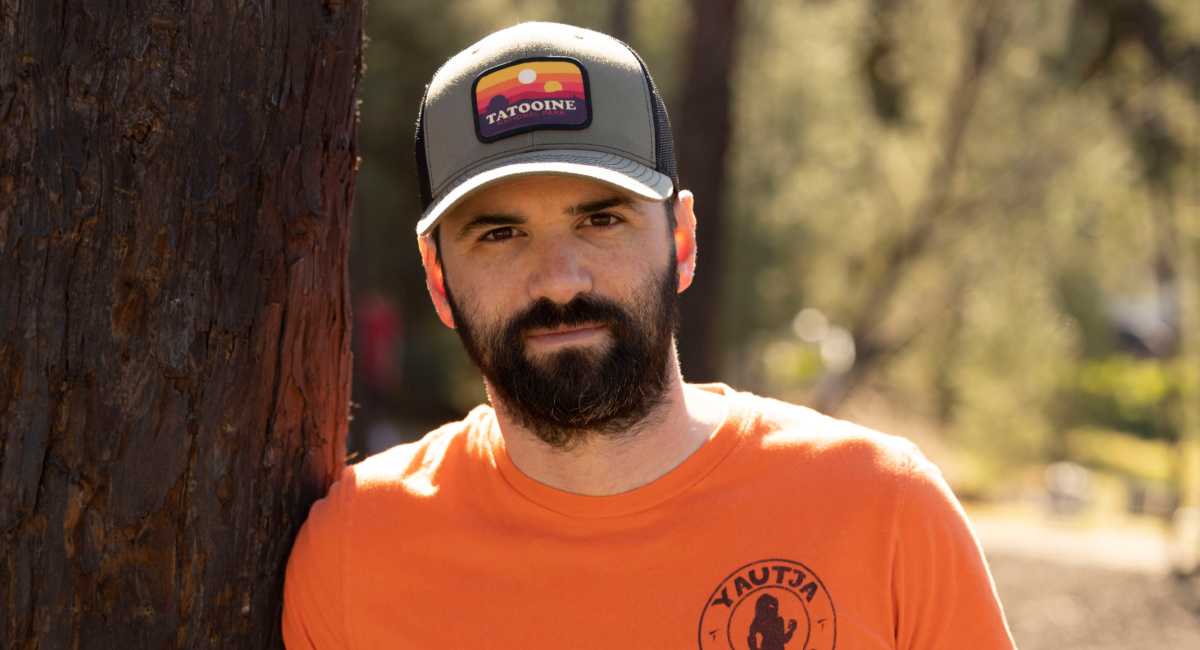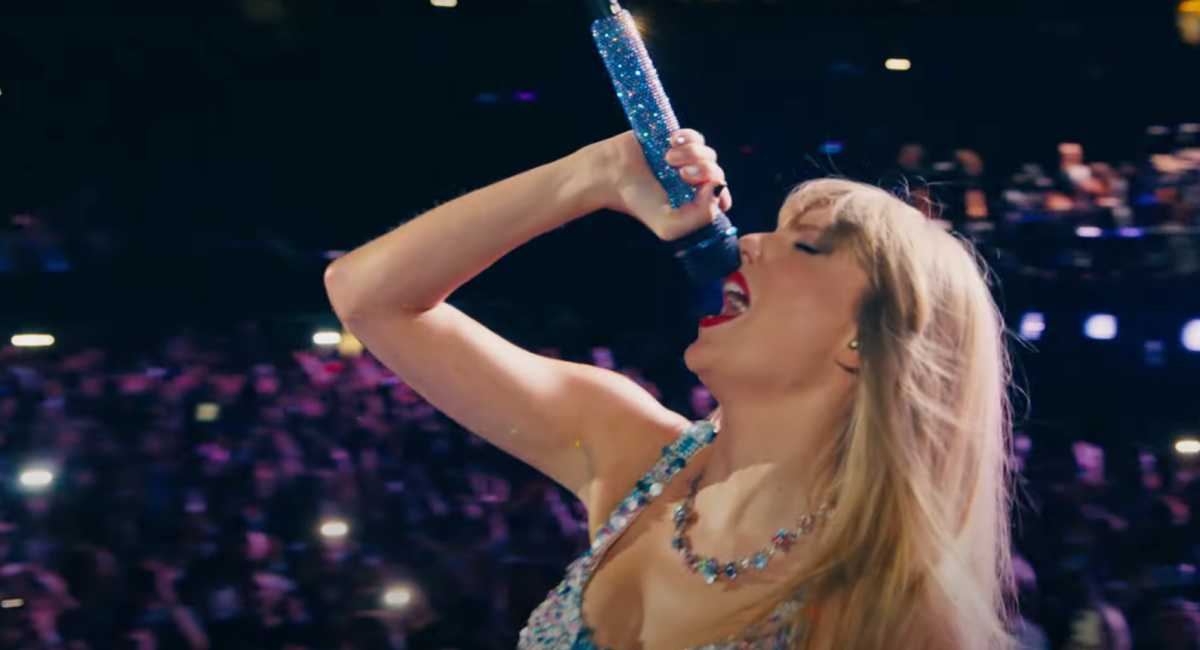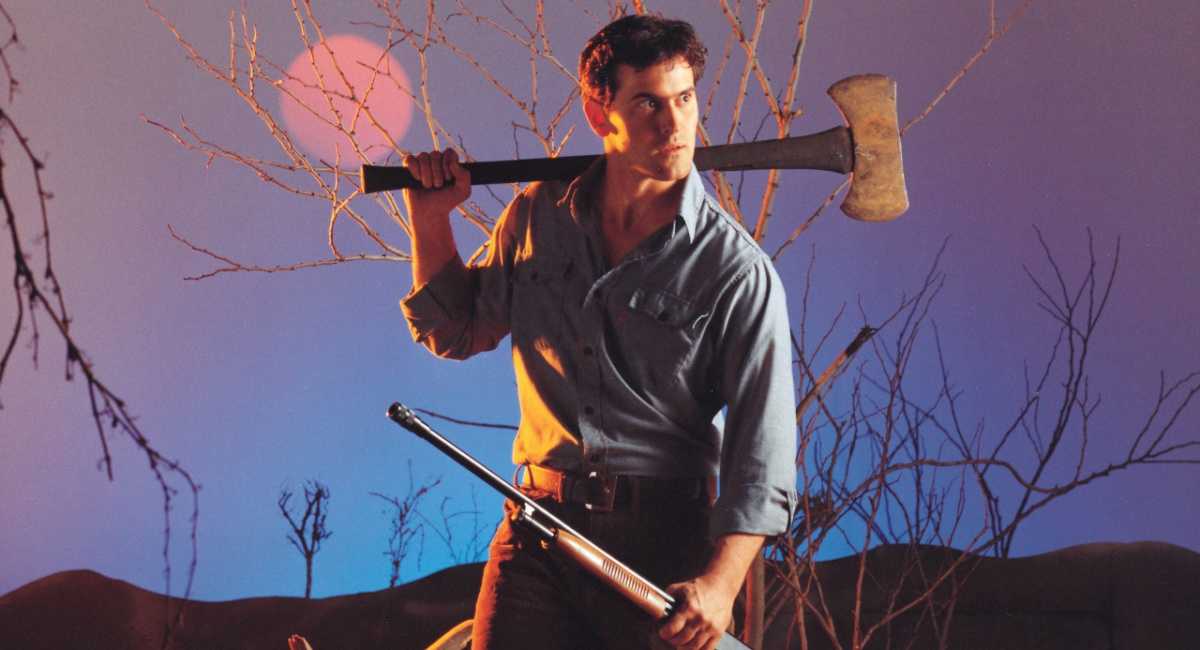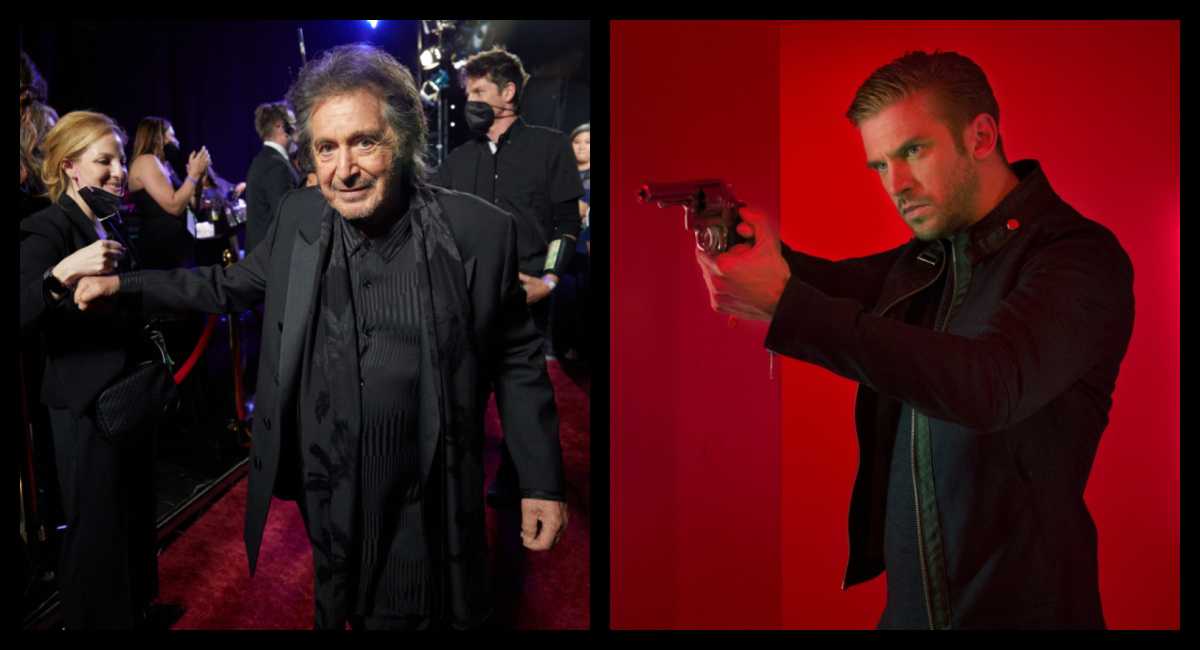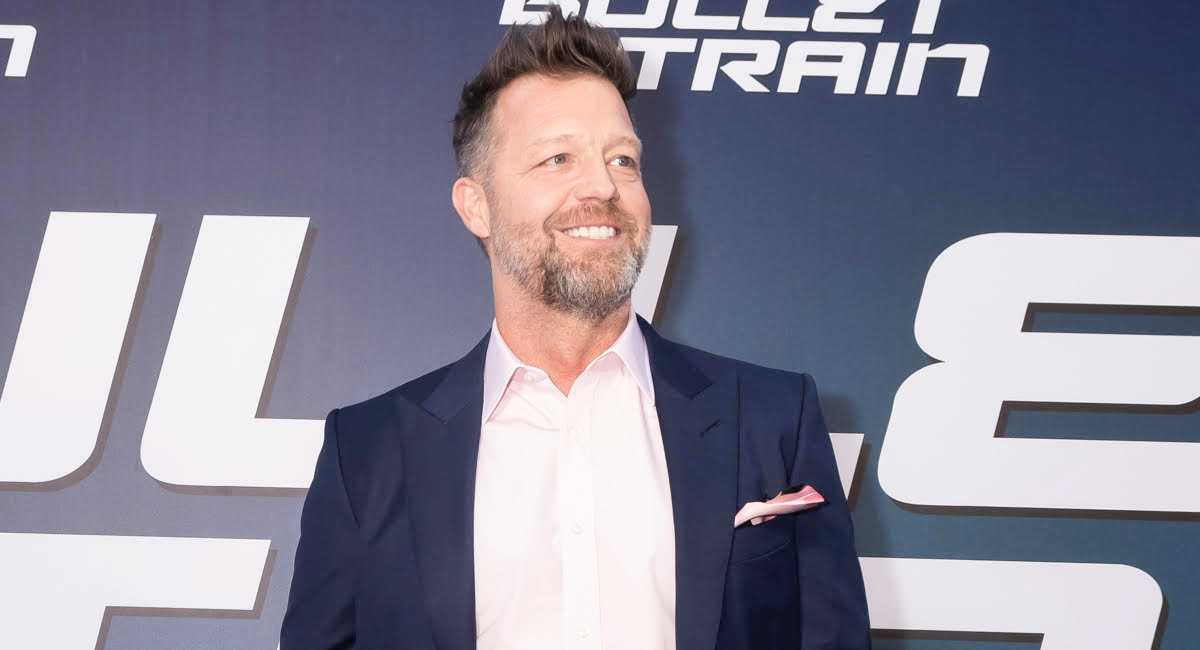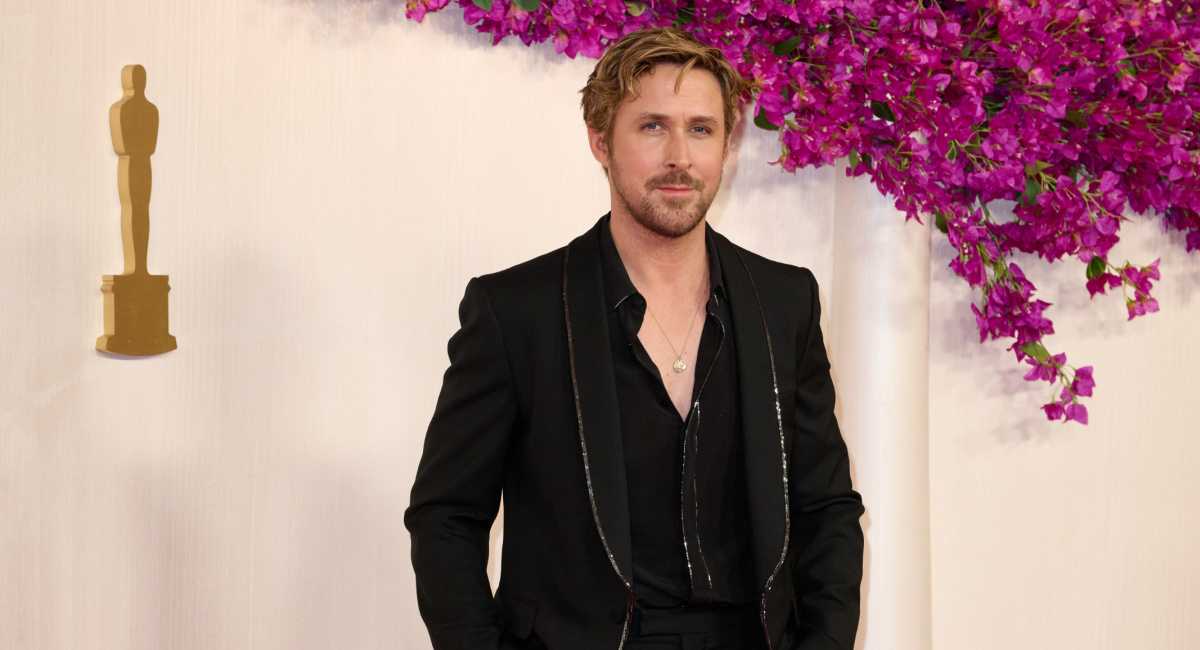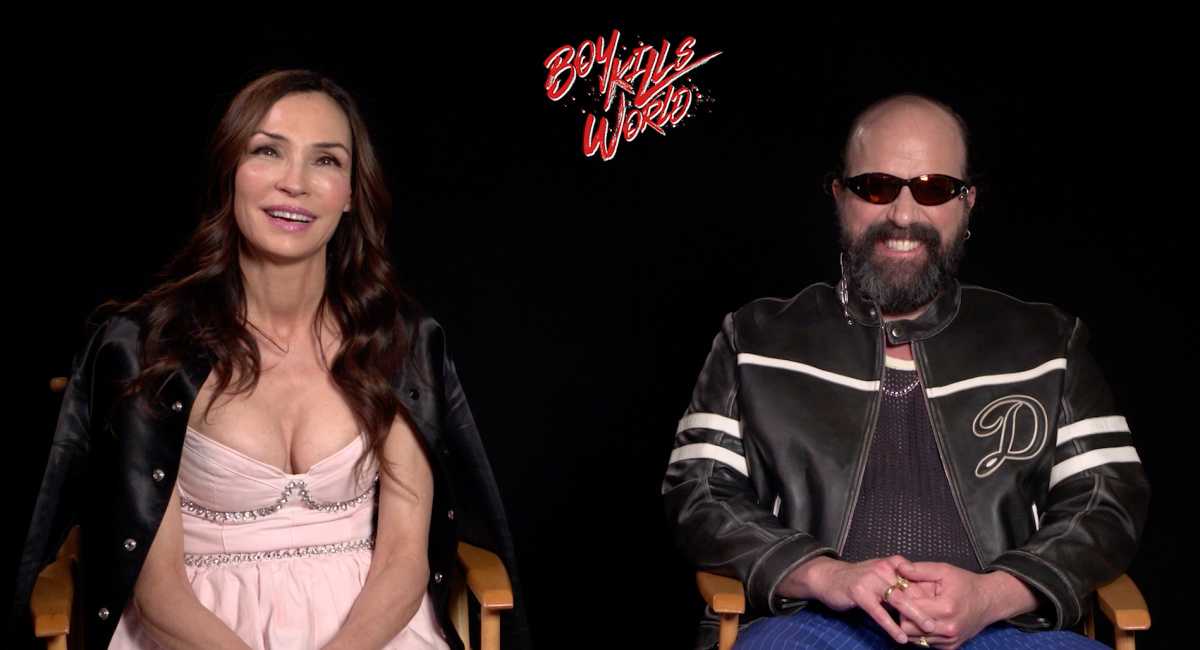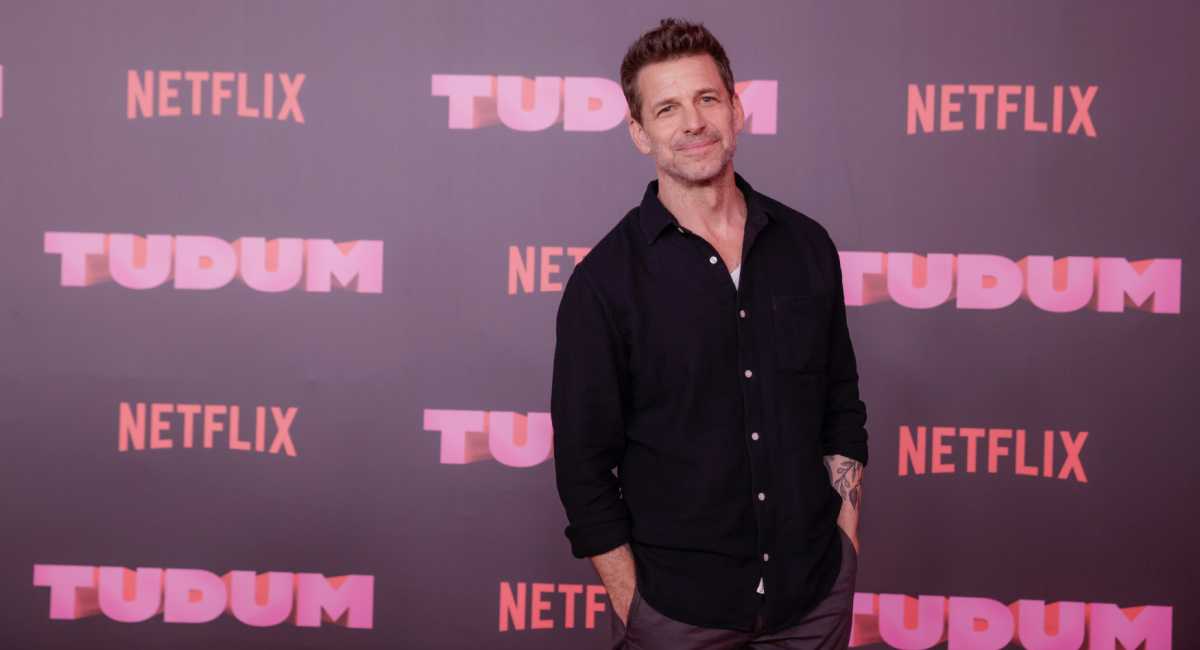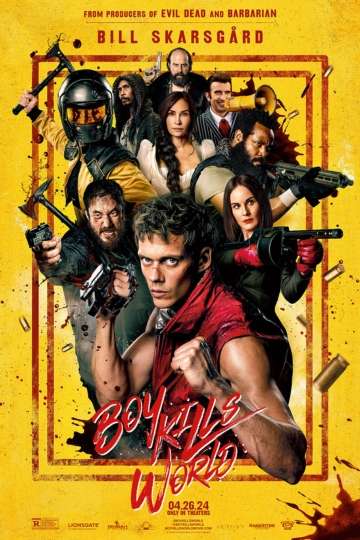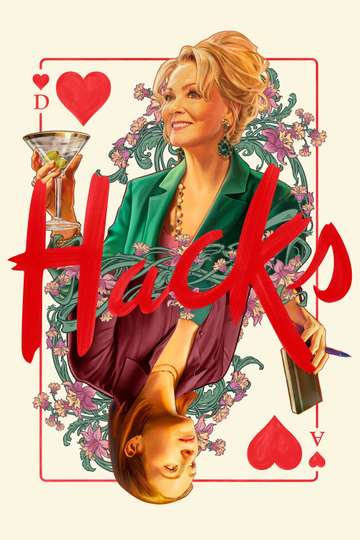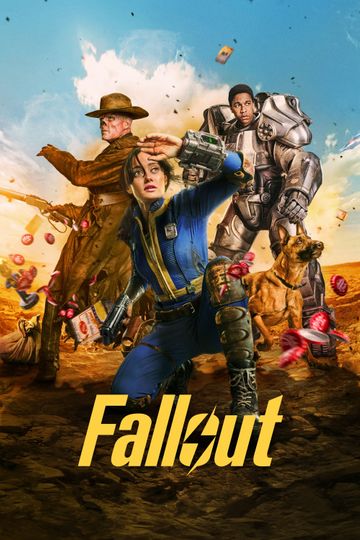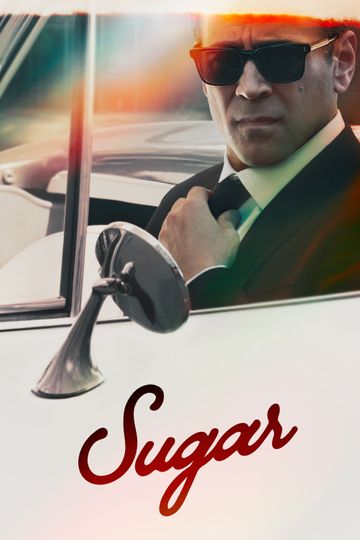'Cars 3' Director Brian Fee on Going From Story Artist to Filmmaker
It's no secret that Pixar bigwig John Lasseterloves cars, and it's this love of cars that birthed the first "Cars" film (which he directed) and the sequel (which, after a period of development with another filmmaker, Lasseter ultimately took over and directed). So it's really saying something that he was able to let go of his baby, handing the keys to "Cars 3" over to Brian Fee, a relatively unknown story artist within the much larger Pixar framework. Fee had been a part of the first two "Cars" films but this was something altogether different; he'd have to wrangle hundreds of artists and animators and take the franchise back to its roots after the sequel threatened to derail the series. That's a lot for any filmmaker, much less a first-timer.
But if that sounds like a stressful proposition, you wouldn't be able to tell by talking with Fee. I got to sit down with the director at the Sonoma Raceway, a beautiful track in northern California (and a perfect backdrop to talk about all things cars) and he told me about his history with the franchise, the third act to Lightning McQueen's story, and how Ron Howard's "Rush" inspired the look of the film.Moviefone: Can you talk about your history with this franchise?
Brian Fee: I started on "Cars" as a story assistant. And what that meant was that I helped the real story artists get their work done. Because we were all drawing on paper, so I helped them finish their drawings. They would draw the important stuff and I would do the background, which just had to be traced over from drawing to drawing. It was busy work, really. But it was to help them get their work done. The story supervisor at the time, the late Joe Ranft, I wanted to stay at the company and asked him, "How do I stay here?" And he said, "Make yourself indispensable." It was the best advice I ever got. Because it was all about doing the very best you can and don't show it to anybody until it's the best it can be.
I gave myself a very high bar and that helped me become an actual story artist. So, one day I got the big boy pants and they let me be a story artist. I learned on the job, learned from everybody I could, and worked on "Cars 2" with John Lasseter. By that time I was considered more of a veteran story artist. It's weird to be the young green kid and wake up one day and realize that I'm a veteran now. But I think a lot of people have that experience. So I worked with John on "Cars 2" and then worked with him in development of "Cars 3." I was working on ideas and things and that's when I was called into John's office, unexpectedly. That's when John told me, not asked, that I was directing "Cars 3." Ed Catmull was there and he was the one who said, "We realize we're not asking you. We know that."
What was your reaction?
I was extremely honored they considered me for this; it was an honor they thought I was ready for this. And I was so excited because these characters were like family to me and I was excited to tell their story. At the same time I was terrified because I hadn't directed anything before and I had a lot to learn in a very short amount of time.
What was the biggest surprise when making the movie?
I wouldn't say there was a surprise, but the hardest thing was the story. I came from story but that is still the hardest thing. Everything else was less difficult because I can trust everyone. Everyone is an expert. I'm dealing with the best people in the business. So it's my job to inspire them to do great work and once they do that work I judge it against one thing: Is this helping us tell our story and is it not helping us tell our story? And if it's helping us tell our story, great! If it's not helping us tell our story yet why is that? What can we do? And try again.
I know the studio is now mimicking real lenses in the computer when it comes to photography. What was your approach to the visuals and what lenses did you use?
Having never done anything in live-action, I didn't know the first thing about lenses, so, luckily, my DP knew everything about lenses. So all I had to do was describe the look. So he could take care of all the technical stuff. We could just get in there and play with the look. And he [DP Jeremy Lasky] brings a lot to the table. A lot of the scenes are incredible because of his fantastic work. We talked early on about not wanting any of the races to feel overly conservative. And by that I mean any of the angles. It's just like, let's find the right times to push these angles on the characters to emphasize the grittiness of a real race. It's a very extreme thing -- the speeds and everything that happens down there. I wanted to take what was already done and push it a little bit more.
Were you referencing anything, either live-action or animation, when it came to the racing?
We looked at a lot of stuff. I really liked that movie "Rush" and how they shot that. So there was some really great racing things in there. But we had to be really careful because our cars are characters. So anytime you go below the nose, because you think low angles are really dramatic, but once it goes below the nose you lose the eyes. So there were some limitations and tradeoffs. It became: Is this shot about them being a car or a character? So it was always a balancing act.
You've talked about how this is the third act of Lightning McQueen's story. How would you chart his adventure?
In "Cars," he was the latest greatest; he was the new kid on the scene. He was the hotshot rookie. In "Cars 2," he's maintaining. In "Cars 2," you can easily say you have a little bit of an older McQueen and he's at the top of his game and at the top of his celebrity. So how do you have that character fall from grace? And age is the most obvious thing. We talked to Jeff Gordon and he said that, when he was young, he would go really hard but you would wear out your car. And the older he got, the more experience he got and he realized he didn't have to wear out his car. And the young guys would pass him. He'd say, "He might have passed me but he's wearing out his tires and using all of his gas. In 10 laps, I'll pass him." And 10 laps later, he'd pass them.
So the problem was, when those young people passed him and 10 laps later he didn't pass them, that's when he realized he'd lost some of the charge he had. That happens with every athlete. We started looking at -- you can't do everything forever. But if that's all you know and that's your self-worth, how do you deal with the fact that you'll never be what you once were?
These movies obviously go through a thousand iterations. What was the story on the very first version of this movie?
Very first version? There were hints of a mentorship between Lightning and Doc. There was a Cruz character. It was a boy, not a girl. It took place in California, not the south. And Cruz was a farmer. Think Route 99. There was a scene where the sign got tipped upside down. That was the beginning. McQueen was going through more of a midlife crisis. There was a mistaken identity and McQueen didn't look like himself. But that was bizarre territory and we quickly moved away from that.
Obviously, John Lasseter is going to have to retire at some point, just like McQueen. Did he contribute anything story-wise?
He contributed a lot, story-wise. For him, on a personal level, I think the mentorship sank in more. Later in the process, his son won a student Academy Award. And John felt the pride of watching his son receive the award. The pride matched or even surpassed his own experiences of receiving awards. That had a profound effect on him. And I've looked at John as a mentor from day one, even as a story assistant, I was watching how John did it. Because he's a master at it.
"Cars 3" opens June 16th.
